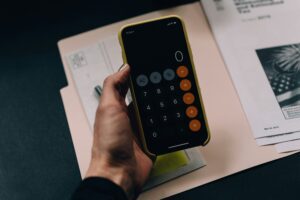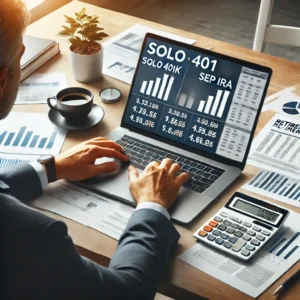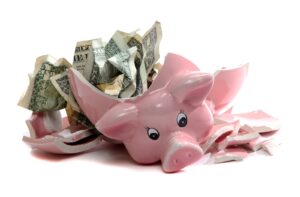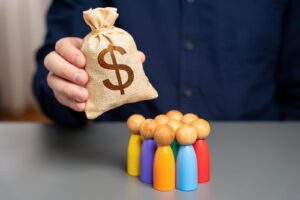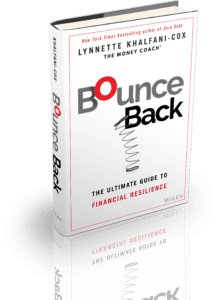Economic framing is a powerful technique that influences how people interpret value, risk, and choices. By strategically presenting information—through language, context, or order—businesses can shape consumer behavior in subtle but significant ways. Whether it’s a discount headline or a limited-time offer, framing is everywhere in the marketplace, and understanding how it works is key to effective marketing.
In this article, we’ll explore the psychology behind economic framing, how it connects with behavioral economics, and practical strategies businesses use to guide purchasing decisions.
What Is Economic Framing?
Economic framing refers to how economic information is structured and presented to influence decision-making. The same fact can lead to different interpretations depending on how it is framed. For example, saying a product is “30% off” sounds more enticing than stating it costs “$70 instead of $100.” The framing emphasizes the benefit rather than the cost.
At its core, economic framing taps into how our brains process value, loss, and gain. It’s not just about numbers—it’s about perception.
How Marketing Psychology Powers Economic Framing
Understanding Consumer Triggers
Marketing psychology studies the emotional and cognitive processes behind consumer decisions. One effective tool is the scarcity principle: people place higher value on things that are limited or exclusive. A message like “Only 5 left in stock” creates urgency and fear of missing out, motivating quicker decisions.
Segmented and Targeted Messaging
Economic framing becomes more effective when tailored to audience segments. For instance, luxury shoppers may respond to exclusivity and prestige, while budget-conscious consumers react to savings and efficiency. Understanding these preferences allows marketers to frame messages that align with each group’s psychological drivers.
Leveraging Psychological Biases
Framing works best when aligned with innate cognitive biases. People prefer messages that affirm their self-image, align with their values, or reduce perceived effort and risk. Strategic wording taps into these biases, enhancing persuasion and increasing conversions.
Behavioral Economics and Framing Bias
Behavioral economics blends insights from psychology and traditional economics to explain why people don’t always make rational choices. This field has revealed key mental shortcuts (heuristics) and biases that influence how consumers respond to framing.
Example: Loss Aversion
People fear losses more than they value gains. A marketing message stating “Don’t miss out on $200 in savings” will generally be more compelling than “Save $200 today.” Both offer the same deal, but one frames it as a potential loss—triggering a stronger emotional response.
Anchoring Effect
Anchoring involves presenting a high initial price to make a subsequent offer seem like a better deal. A jacket listed at $300 and marked down to $199 feels more valuable than one simply priced at $199. The anchor frames your expectation of worth.
Real-World Examples of Economic Framing
-
Pricing Strategy: “Only $1.50 per day” versus “$45 per month” makes a subscription seem more affordable.
-
Product Positioning: “Burns calories in 10 minutes” frames a workout tool as time-efficient, not just effective.
-
Risk Messaging: “You could lose up to 20% if you delay” appeals to urgency, playing on loss aversion.
-
Testimonials: “Over 10,000 happy customers” frames the product as trusted and proven.
Each of these examples guides perception by emphasizing specific benefits, risks, or social proof.
How Framing Affects Consumer Decision-Making
The same product framed in two different ways can generate entirely different consumer reactions. For example:
-
“Only $15” feels cheap.
-
“A gourmet meal for just $15” suggests value and quality.
Likewise, presenting an annual subscription as “$5/month” sounds more manageable, even though the total cost remains the same. These subtle changes influence how people assess value and make spending decisions.
Framing doesn’t just influence what people buy—it affects how much they’re willing to pay, how quickly they decide, and whether they feel satisfied with their choices.
Strategies for Using Economic Framing in Marketing
To apply economic framing effectively, consider these proven strategies:
-
Focus on outcomes, not features
Frame your product around how it improves the customer’s life.
Instead of: “High suction power”
Say: “Saves time cleaning up pet hair effortlessly” -
Use social validation
Reinforce popularity and credibility.
Example: “Join 50,000 happy users who switched this year” -
Frame around urgency
Limited-time deals and countdowns frame the opportunity as fleeting.
Example: “Offer ends in 24 hours—act now” -
Highlight savings or avoidance of loss
Example: “Avoid a $100 fee—renew today” instead of “Renew for $100” -
Tailor to consumer identity
Frame the message to align with what the target audience values most, whether it’s speed, prestige, savings, or sustainability.
Conclusion
Economic framing is not just a marketing trick—it’s a science-backed method for guiding consumer perception and behavior. By leveraging principles from psychology and behavioral economics, businesses can present their products and services in ways that resonate more deeply and convert more effectively.
Whether you’re launching a new product or refining your sales copy, using economic framing can help you shape decisions, influence value judgments, and boost your marketing performance.
FAQs
What is economic framing?
Economic framing is the practice of presenting information in a way that influences how people perceive economic value, risk, or opportunity.
Why does economic framing work?
It taps into psychological biases such as loss aversion, anchoring, and urgency, which impact how we assess choices and make decisions.
How do marketers use economic framing?
Marketers use economic framing in pricing, product descriptions, advertising, and promotions to guide consumer perception and behavior.
What role does behavioral economics play in economic framing?
Behavioral economics explains the irrational behaviors consumers display in response to framed messages, revealing how emotion and bias drive decisions.
Can framing influence how much people are willing to pay?
Yes. By emphasizing benefits, exclusivity, or loss avoidance, framing can increase perceived value and influence pricing acceptance.


